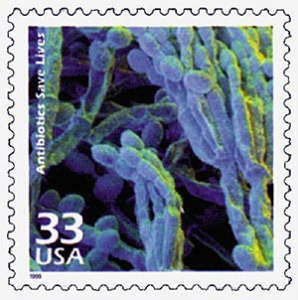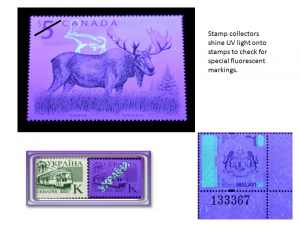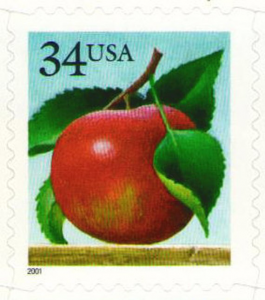Science Part 1. Black light UV radiation as a Germicidal lamp for bone marrow transplant Therapy
 Black light UV radiation as a Germicidal lamp
Black light UV radiation as a Germicidal lamp
Science Series Part 1
Today we were informed that a friend had bone marrow transplant and was returning home to rest. The home needed to be clean because of the sensitivity to infection. A bone marrow transplant may be part of a leukemia treatment, or some other bone problem, and in any case the patient is subject to transplant rejection and illness. One Germicide is ultra violet light, from an incandescent bulb or fluorescent lighting. This UV is the same as the ‘party lights’ or ‘black lights’ used for ambiance. You can tell it is UV light if cotton cloth glows in the light. Wool and synthetic cloth, nylon, rayon, do not fluoresce. It works on colds frm viruses or bacteria.
The UV radiation denatures the protein in the tiny microbes, sort of like giving a sunburn to the virus or bacteria floating in the air, also to molds and pathogens. Since UV is from an electrical filament or gas, it can be turned on or off with the flip of a switch, leaves no odor, no residue, and can’t be licked by the pets. The radiation only works with line of sight, nothing in a shade, or shadow. The UV lights could be set in every room, left on over night, when no one is in the room, and the UV works thru the air. The ‘sunburn’ is a ratio of distance from the light source, and time the microbe is exposed to the source of the light, and strength of the UV. This means the time it takes to destroy a microbe floating in the air, is faster, if the microbe is floating closer to the UV light, and slower if farther away.
Another advantage is this is a modest cost, even pennies. Low risk (no risk if the light is turned off in the same occupied room), nothing to swallow, nothing to pour. Since UV can stress the eyes or skin, a best practice is to turn the UV off when using a room for some time. The stress is macular degeneration of the retina. Exposure with too much UV light can be associated with skin cancer.
 UV light is used for dental procedures, drying hands, air purifiers, and medical sanitizers. Recommended exposure amounts for eyes and skin are available. UV light show special fluorescent markings on postage stamps.
UV light is used for dental procedures, drying hands, air purifiers, and medical sanitizers. Recommended exposure amounts for eyes and skin are available. UV light show special fluorescent markings on postage stamps.
UV is tested against pathogens in petri dishes for preventing growth of microbes. Germicides include alcohol, wipes, soaps, bleach, vinegar, and salt.
Wikipedia describes ‘Ultraviolet germicidal irradiation (UVGI) is a disinfection method that uses short-wavelength ultraviolet (UV-C) light to kill or inactivate microorganisms by destroying nucleic acids and disrupting their DNA, leaving them unable to perform vital cellular functions.’
‘The U.S. Food and Drug Administration issued a rule in 2001 requiring that virtually all fruit and vegetable juice producers follow HaCCP controls, and mandating a 5 – log reduction in pathogens, UVGI has seen some use in sterilization of juices such as fresh-pressed apple cider.’ News you can use.
 Disclaimer: The author of each article published on this web site owns his or her own words. The opinions, beliefs and viewpoints expressed by the various authors and forum participants on this site do not necessarily reflect the opinions, beliefs and viewpoints of Utah Standard News or official policies of the USN and may actually reflect positions that USN actively opposes. No claim in public domain or fair use. © John Choate.
Disclaimer: The author of each article published on this web site owns his or her own words. The opinions, beliefs and viewpoints expressed by the various authors and forum participants on this site do not necessarily reflect the opinions, beliefs and viewpoints of Utah Standard News or official policies of the USN and may actually reflect positions that USN actively opposes. No claim in public domain or fair use. © John Choate.
Utah Standard News depends on the support of readers like you.
Good Journalism requires time, expertise, passion and money. We know you appreciate the coverage here. Please help us to continue as an alternative news website by becoming a subscriber or making a donation. To learn more about our subscription options or make a donation, click here.
To Advertise on UtahStandardNews.com, please contact us at: ed@utahstandardnews.com.


Comments - No Responses to “Science Part 1. Black light UV radiation as a Germicidal lamp for bone marrow transplant Therapy”
Sure is empty down here...